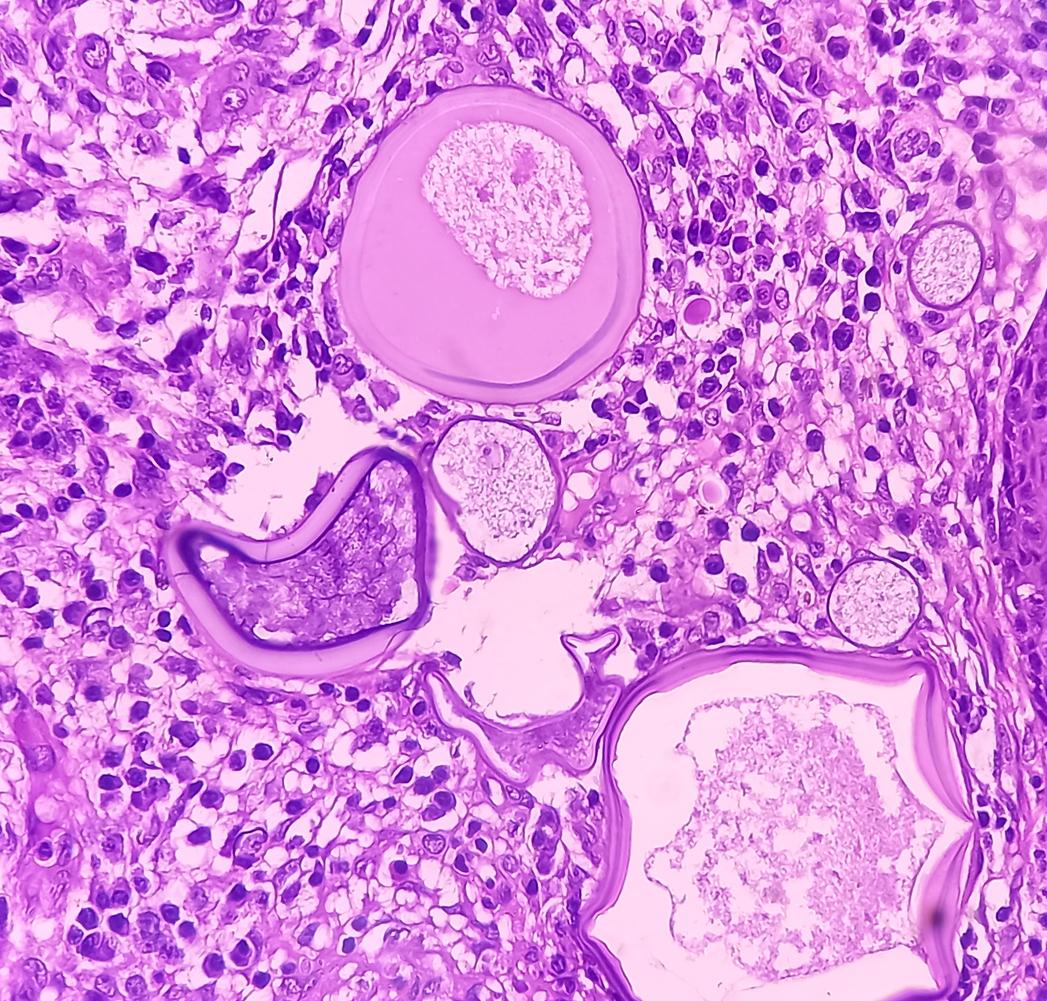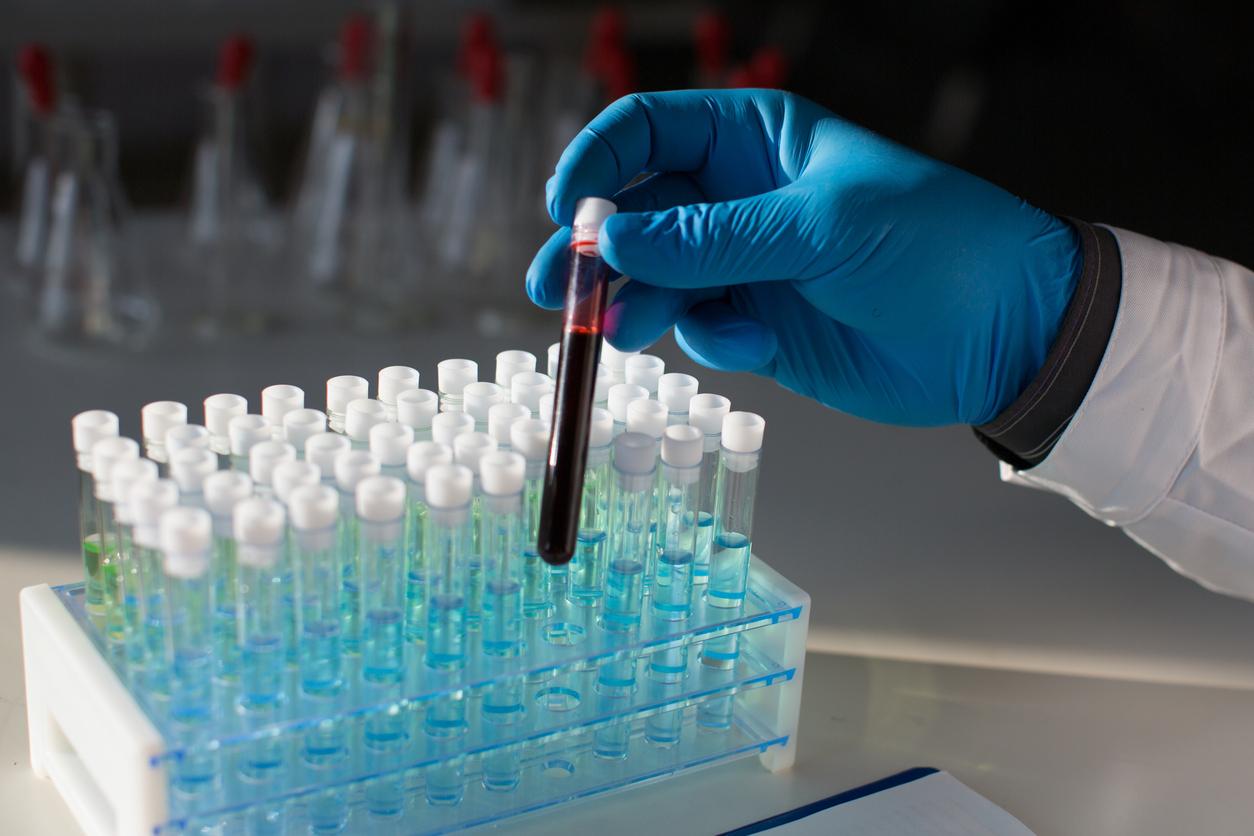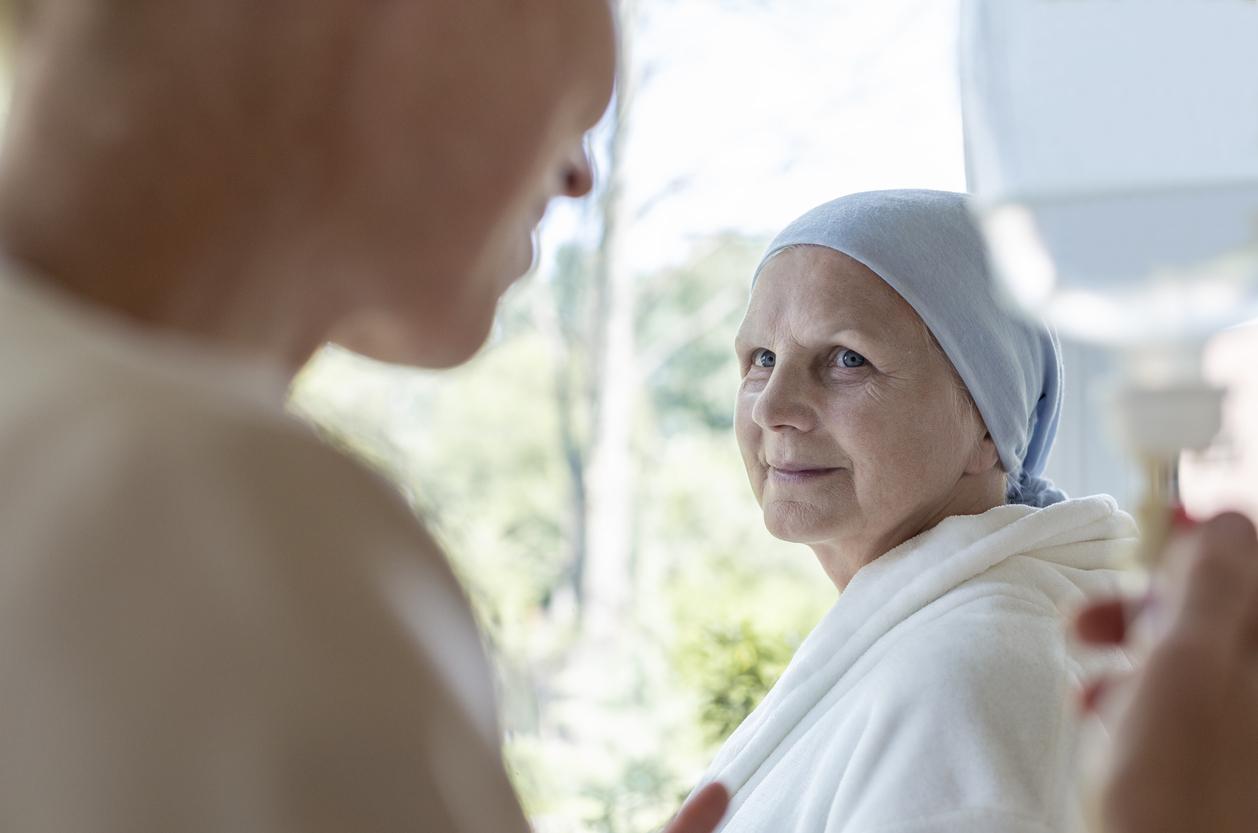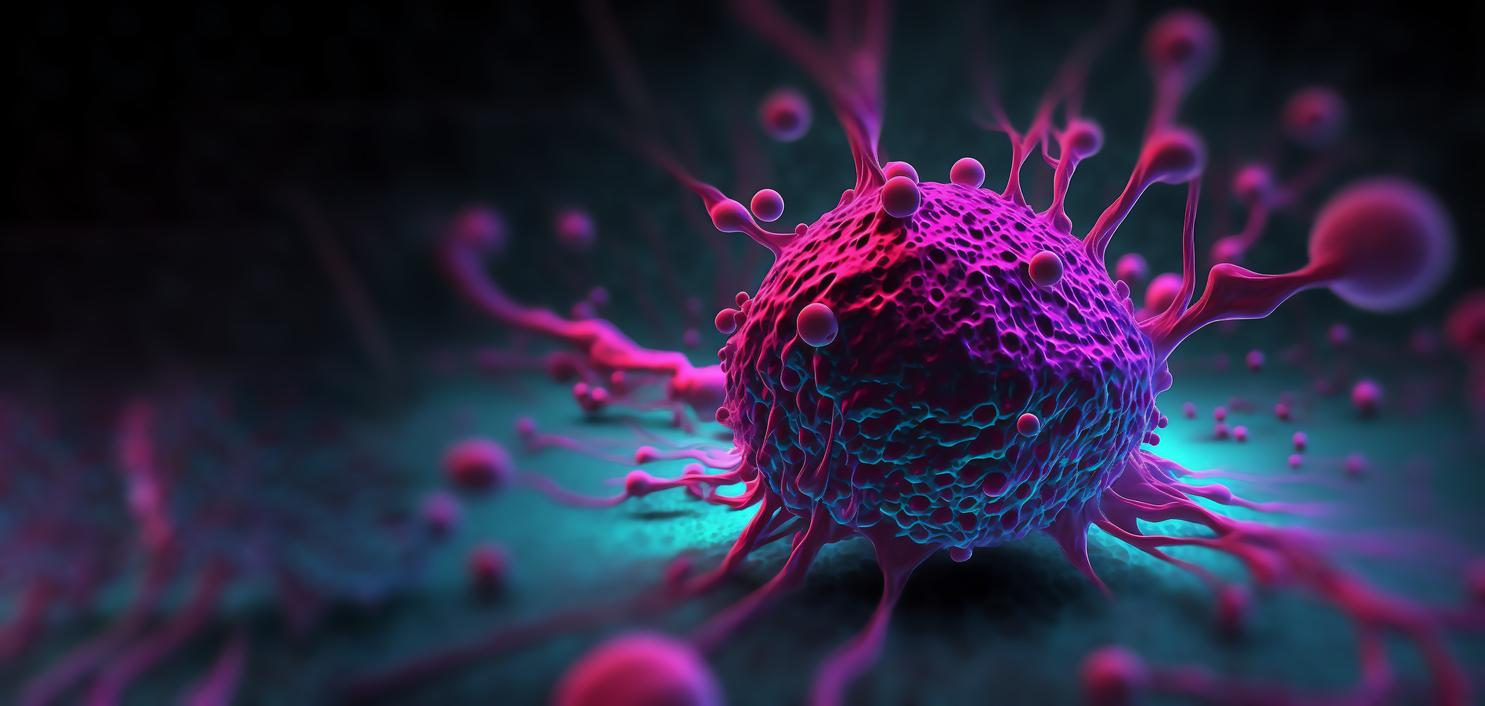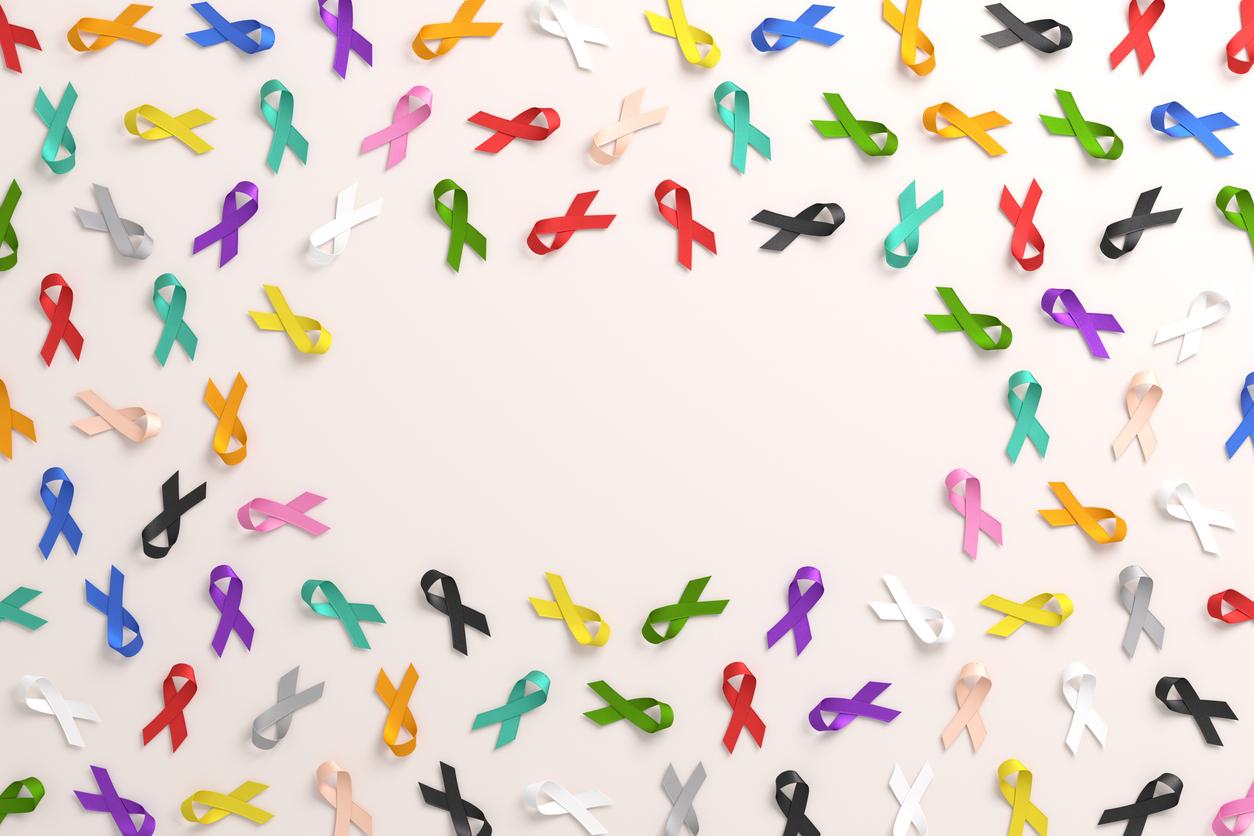This new chemotherapy eliminates tumors while preserving healthy cancer cells.
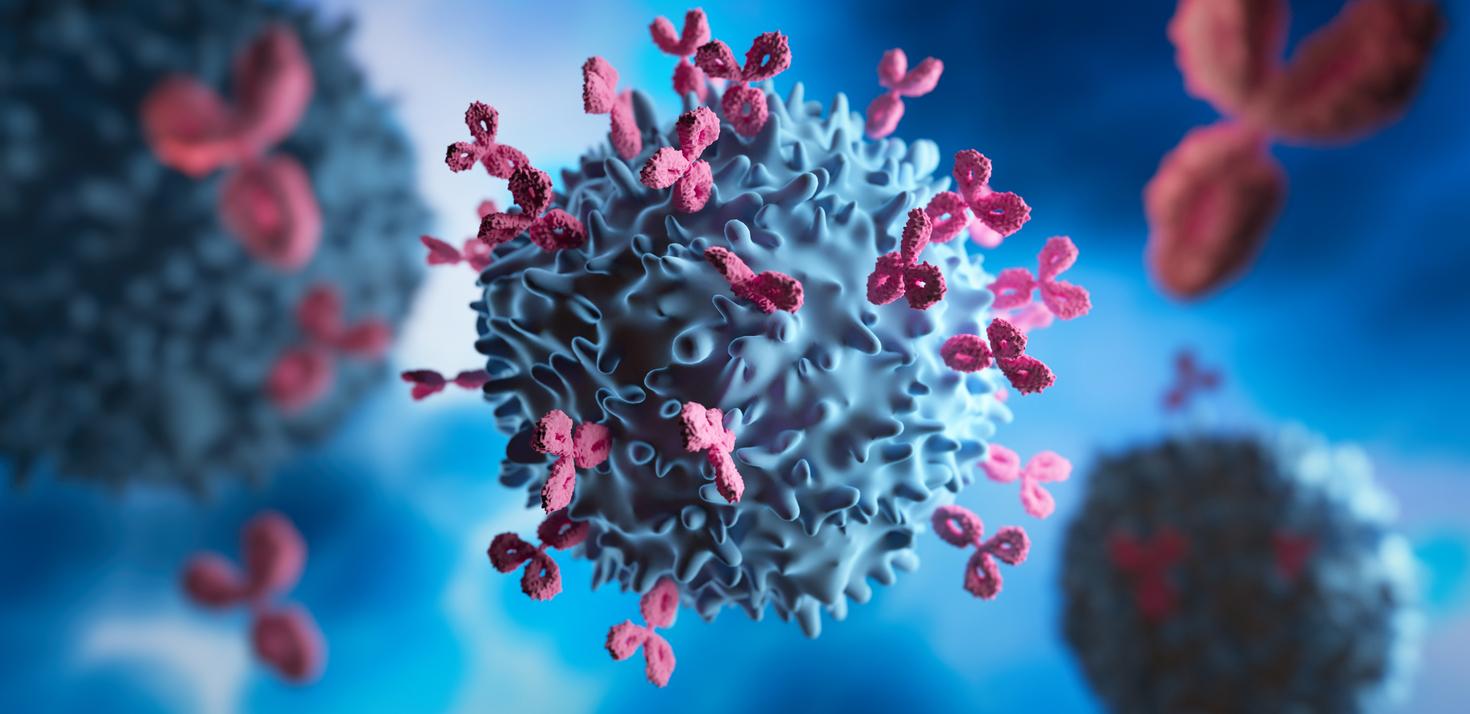
- Researchers have developed a new treatment against cancer: it destroys tumors and preserves healthy cells.
- It has shown its effectiveness on cancerous cells of breast, skin, lung, prostate, ovary, brain and cervix.
- Baptized AOH1996, its name is a tribute to a nine-year-old girl who died of neuroblastoma.
This is a major advance in the treatment of cancer. A team from City of Hope, a cancer research organization based in the United States, has developed a new drug that can destroy tumors without affecting healthy cells. This treatment concerns so-called solid tumours, that is to say those characterized by a cluster of cancerous cells as opposed to so-called blood cancers where these cells circulate in the blood.
Currently, scientists are testing the new drug in a phase I clinical trial. But they are already explaining how it works in a study published in the journal Cell Chemical Biology.
Cancer: what is this new treatment to destroy tumours?
Scientists used a protein called proliferating cell nuclear antigen (PCNA) to create this chemotherapy. “Most targeted therapies focus on a single pathway, which ultimately allows the cancer to mutate and eventually become resistant.”says Linda Malkas, a professor in the Department of Molecular Diagnostics and Experimental Therapeutics at City of Hope. (…) PCNA is like an airline terminal hub with multiple boarding gates. Our cancer pill is a blizzard shutting down this key air hub, halting all inbound and outbound flights only for planes carrying cancer cells.” Specifically, the PCNA protein is uniquely modified in cancer cells, the drug designed by the scientific team targets this specific form of the protein.
Chemotherapy: a drug capable of preserving healthy cells
One of the great advantages of this drug is therefore its ability to attack only cancer cells. Called AOH1996, it has been tested in cell models and in animals. This allowed scientists to see the death of cancer cells and the maintenance of the reproductive cycle of healthy stem cells. “It targets so-called transcription and replication conflicts, which occur when the mechanisms responsible for gene expression and genome duplication collide, say the researchers. Experimental therapy prevented cells with damaged DNA from dividing and making a copy of the faulty DNA.”
Pre-clinical trials have shown efficacy of the drug AOH1996 in the treatment of cells derived from breast, prostate, brain, ovary, cervix, skin and lung cancer. Currently, City of Hope researchers are working on the Phase I clinical trial and are still recruiting new participants.
What is the story behind this promising cancer treatment?
In an article from New York Post, the main author of this research, Linda Malkas, explains more about the origin of this treatment. AOH1996 is actually named after a little girl, Anna Olivia Healey, born in 1996 in Indiana. She died at age nine of neuroblastoma.
“I wanted to do something special for this little girlsays Linda Malkas. I met her dad when she was terminal, he asked me if there was anything I could do about neuroblastoma, and he gave my lab a check for $25,000.“That was in 2005 and almost 20 years later, the research team succeeded in developing this treatment.”It was too late to help Anna, but we can help other people in her case, emphasizes Linda Malkas. I always say there’s a nine-year-old girl sitting on my right shoulder, she’s like a cornerstone to me.”









